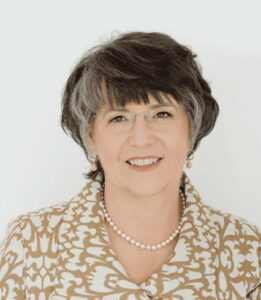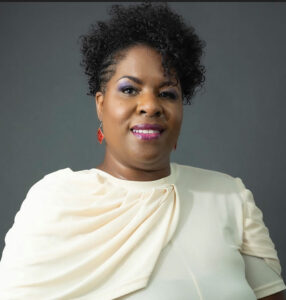IN YOUR 20s
Kathy:
• Start saving and planning now.
• Take advantage of retirement savings plans offered by your employer, and contribute as much as it will match. If one is not offered, start your own.
• Purchase your own life insurance while you are young and healthy, even if you don’t have children or a spouse. It will cost less in the long run.
• Examine your values; what is important to you? Use those values to guide your decisions. Doing so will help ensure your future self will have a better financial life.
Janera:
• Embrace the opportunity to work for an employer that offers great benefits. Take advantage of the employer’s 401(k) plan and hold onto the job. You don’t want to miss out on the employer’s contribution match.
• Consider saving in a myRA — a treasury bond that’s backed by the government and guaranteed to never decline in value. Keep in mind that if you decide to withdraw from this account, you’ll be taxed. The maximum balance for the account is $15,000; once you reach this amount, the balance can be transferred to a Roth IRA. When you reach this point, you can continue to invest in your retirement via a Roth IRA.
• Open a high-yielding savings account. This will allow your money to grow over time. Having such an account allows you to earn interest on top of interest (compounding interest). The earlier you start, the greater your rate of return.
IN YOUR 30s
Kathy:
• If you haven’t yet taken the steps recommended for your 20s, start there.
• Compound interest can be your friend or your enemy. You need to save $104 more per month at age 30 than you did at age 25 if you wish to have $1 million at age 65. The difference jumps to $282 more per month at age 35.
• Without fail, review your plans and budget annually. Avoid allowing frustration and setbacks to derail you. Don’t look in the review mirror. If you’ve gotten off track, make the necessary adjustments, and correct your course.
Janera:
• Open a traditional IRA or a Roth IRA; you can gain similar tax benefits to a 401(k) plan.
• Do an annual check of your investment and savings goals.
• Add diversity to your investments. Remember the old saying: “Don’t put all your eggs in one basket.”
IN YOUR 40s
Kathy:
• Review the tips for your 20s and 30s. Stay focused on what matters to you.
• Keep your spending in check. Just because you are making more money doesn’t mean you should spend it. Retirement savings are just that: savings for retirement — not a piggy bank to access when you need a few dollars for a new toy.
• Understand that saving for your retirement is more important than saving for your children’s college. Do you want to be dependent on your children for financial assistance in your old age? Many grants and aid programs are available to help with college, but in old age, there’s only your savings and Social Security.
Janera:
• Invest in a financial planner. Life might be a little different at this stage because you have additional responsibilities. Depending on your responsibilities, continuing to build for retirement might be challenging. You need all the support and options that a financial planner can offer.
• Minimize your debt as much as possible to free up your cash flow. The last thing you want to think about when you transition into retirement is debt. Having a money coach will help you strategize ways to minimize debt based on your needs and goals.
• No matter what, saving for retirement always should be your priority.
IN YOUR 50s
Kathy:
• Take a deep dive into how much you have saved and how much you are putting away, as well as your investment strategies.
• Schedule a strategy session with your financial professional to review your retirement timeline, debts and projected retirement income.
• Check with SSA.gov and review your earnings record and potential Social Security income.
Janera:
• If you missed your opportunity to take advantage of investing during your younger years, the IRS allows you to catch up. You can invest more annually than the normal amount; this is referred to as catchup contributions.
• Continue to tackle your debt and eliminate any unnecessary expenses.
• Work on estate planning, writing your will and getting a power of attorney. Life happens, and you want to make sure that if you become incapacitated, your assets are protected and a trusted person can properly represent you.
IN YOUR 60s AND BEYOND
Kathy:
• If you haven’t done any planning before now, you still should begin saving. However, you have lost the advantage of compound interest working in your favor.
• Schedule a strategy session with a financial professional.
• Assume you are going to live 30 years after quitting work. Will you have enough to live on? Remember inflation, market volatility and health care costs can have a huge impact on your retirement savings. Make any necessary adjustments immediately; there is no time to delay.
• Review your Social Security earnings and determine whether you should take your benefit now or wait.
Janera
• Plan and set your retirement date.
• Start planning your retirement budget because you’ll be living on a fixed income.
• Start researching your Social Security benefits and determine what’s needed for you to apply for Medicare.
Kathy Rogers is the vice president of Marston Rogers Group, a life planner and financial consultant. Reach her at (228) 206- 5902 or Kathy@mrg.life.
Janera Harvey is a money coach, certified credit counselor and owner of The Credit Journey LLC. Reach her at info@thecreditjourneyllc.com.




